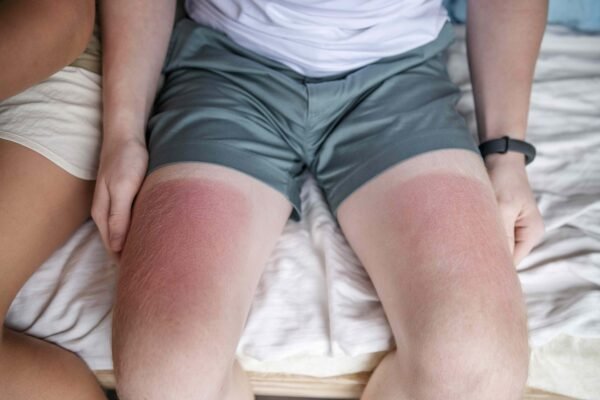
Tardive Dyskinesia vs. Dystonia: Differences & Similarities
Tardive dyskinesia and dystonia are both neurological disorders that can affect your muscles and cause involuntary muscle contractions. Tardive dyskinesia, which is usually a side effect of some medications, may happen in about 20% of people who take those medications. Dystonia, which can occur for other reasons, affects about 250,000 people in the United States….







